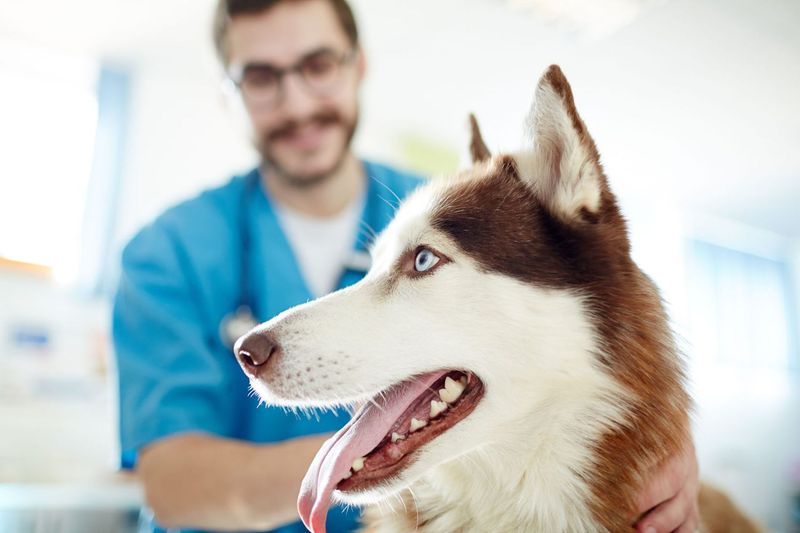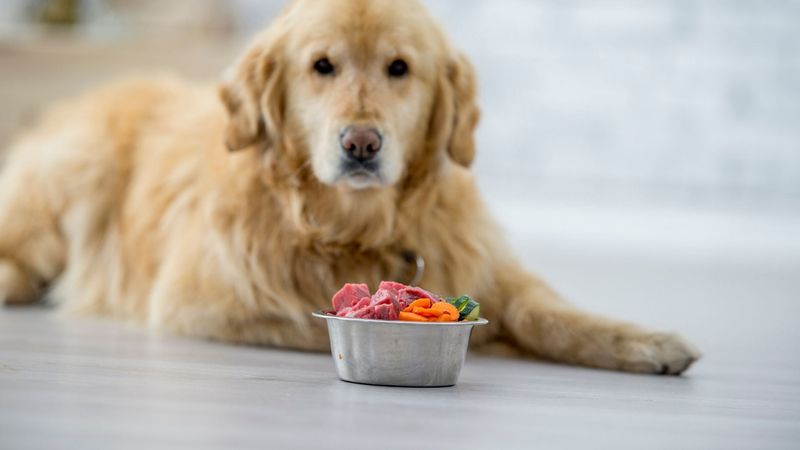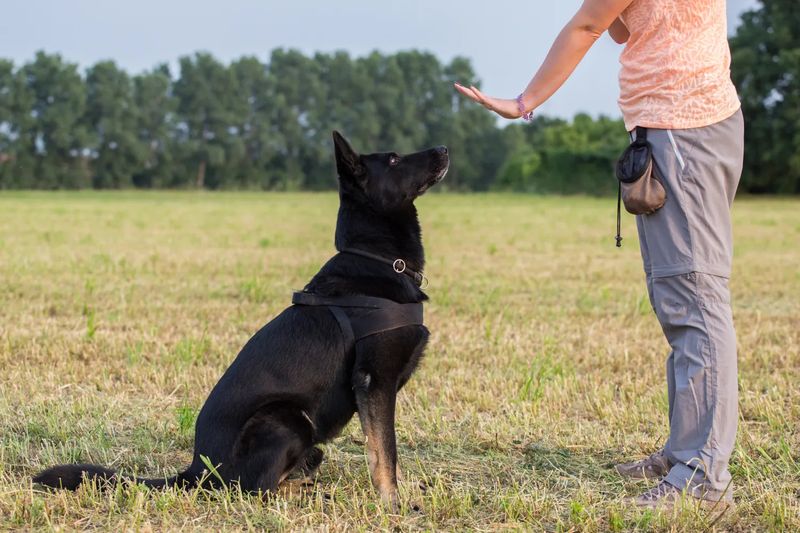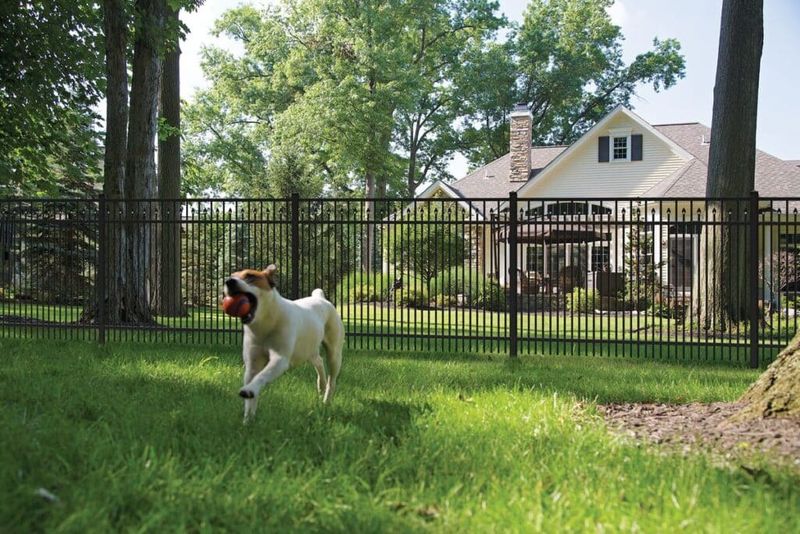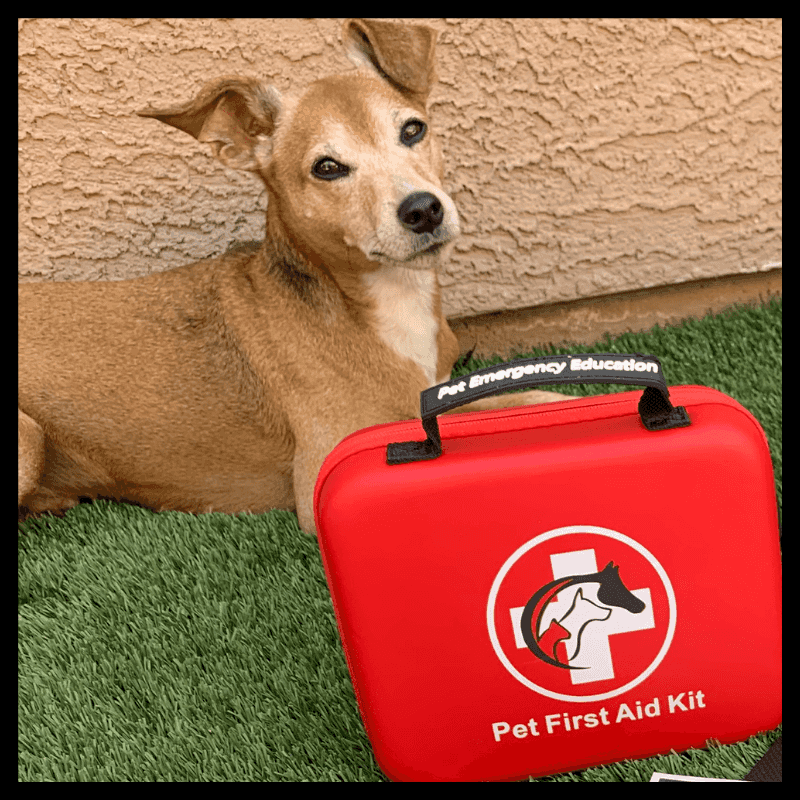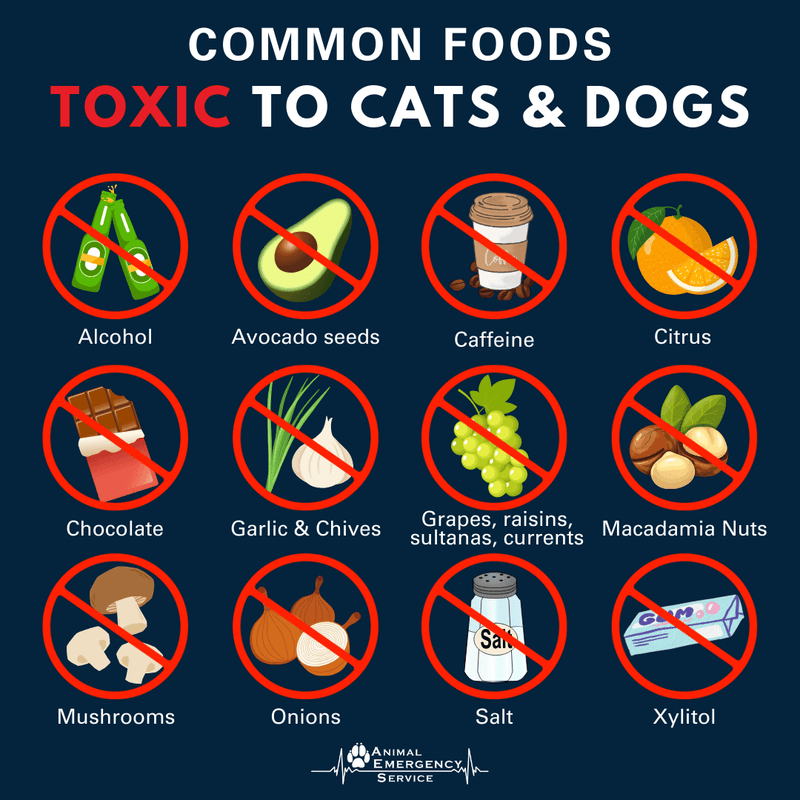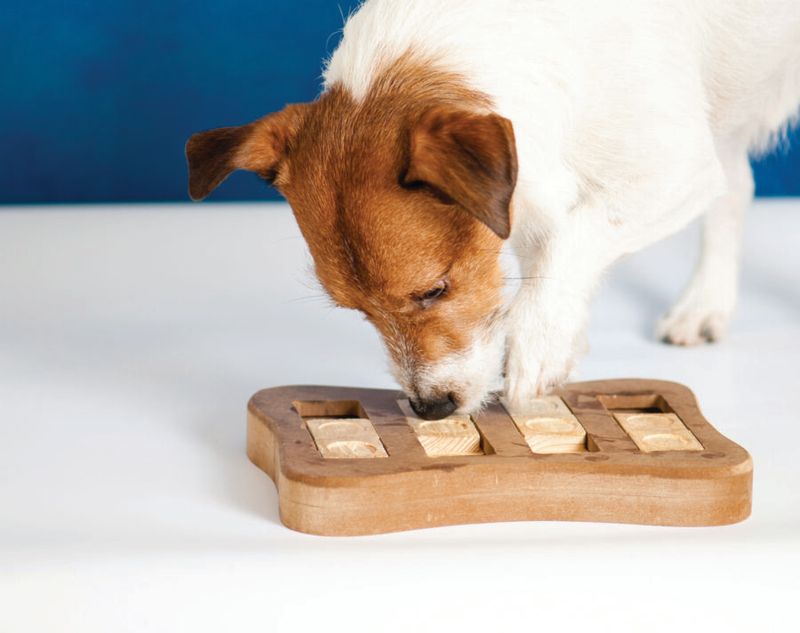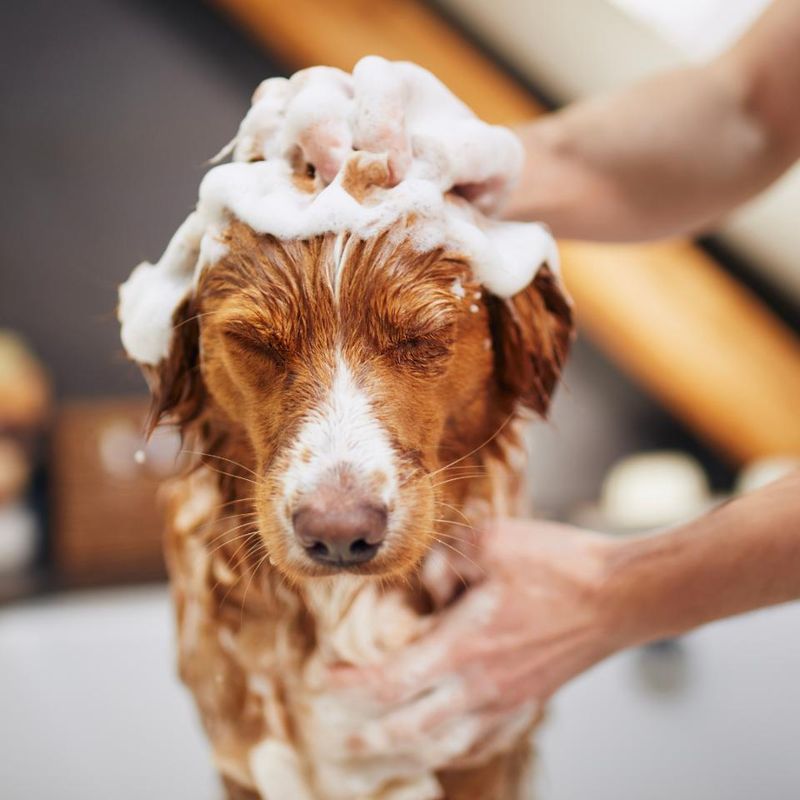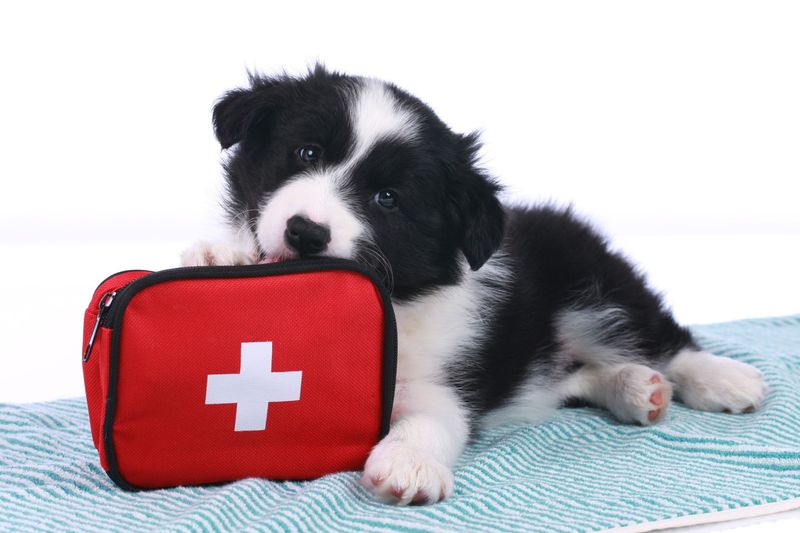Ensuring the safety of your furry friend is a top priority for every pet owner. Whether you’re a new dog parent or a seasoned caretaker, knowing how to protect your dog from potential hazards can make a significant difference. Dive into these 11 essential ways to save your dog’s life and keep them healthy and happy.
Regular Veterinary Checkups
Regular veterinary checkups are crucial for your dog’s health. These visits help catch potential health issues early. A thorough examination can reveal hidden problems before they become serious. With a caring touch, the vet looks for signs that may not be apparent to you. Picture your furry friend sitting calmly on the exam table, trusting the gentle hands of the vet. Keeping up with vaccinations ensures your dog is protected against common diseases. Schedule appointments at least once a year. This routine can truly be a lifesaver.
Proper Nutrition
Feeding your dog a balanced diet is vital for their well-being. The right nutrients support their immune system, keeping illnesses at bay. Imagine a colorful bowl filled with fresh vegetables and juicy meat pieces. Such meals provide the energy your dog needs to play and explore. Avoid overfeeding, as obesity can lead to health complications. Research the best diet for your dog’s breed and size. By offering quality food, you’re investing in their long, happy life.
Training and Obedience
Training is not just about tricks; it’s a matter of safety. A well-trained dog is less likely to get into dangerous situations. Picture a lively Labrador sitting calmly on command in a bustling park. This obedience could save them from running into traffic. Consistent training sessions strengthen your bond and build trust. Use positive reinforcement to encourage good behavior. These sessions are not just educational but enjoyable for both you and your dog.
Secure Fencing
A sturdy fence is your dog’s first line of defense. It keeps them safe from external threats and prevents them from wandering off. Picture a playful pup frolicking in a secure garden, with a high wooden fence keeping them protected. Ensure your fence is high enough and has no gaps. Regularly inspect for any weak spots or damage. By securing your yard, you’re giving your dog the freedom to play safely, away from harm.
Pet First Aid Kit
Having a pet first aid kit can be a lifesaver in emergencies. Imagine a compact box, filled with essentials like bandages, antiseptic wipes, and tweezers. This kit is tailored to your dog’s needs, ready for minor injuries. Keep it accessible and familiarize yourself with each item’s use. In unexpected situations, this kit provides immediate care before you reach a vet. Being prepared means you can act swiftly to protect your furry friend’s health.
Microchipping
Microchipping is a small step that makes a big difference. This tiny device, implanted under your dog’s skin, holds vital information. Imagine the peace of mind knowing your dog can be traced back to you if lost. It’s a simple procedure, much like a vaccination. Ensure your contact details are up-to-date with the microchip registry. This little chip can reunite you with your beloved pet, making it an indispensable safety measure.
Safe Car Travel
Car journeys can be adventurous for dogs, but safety is paramount. Picture your furry companion, secured with a seatbelt harness, enjoying the view from the backseat. Such precautions prevent injuries during sudden stops or accidents. Always use a pet barrier or crate for added safety. Never leave your dog unattended in a parked car, especially in extreme temperatures. By prioritizing car safety, you ensure travel remains a joyous experience.
Avoiding Toxic Foods
Certain human foods are dangerous for dogs. Imagine a curious pup eyeing a forbidden treat, like chocolate or grapes, often left on the counter. These common foods can cause serious harm to your dog. Educate yourself on toxic ingredients and keep them out of reach. Use visual reminders like a red circle with a slash over harmful foods. This simple awareness can prevent accidental poisoning and protect your pet’s health.
Exercise and Mental Stimulation
Exercise is key to a healthy, happy dog. Picture a spirited Border Collie catching a frisbee mid-air in a sunlit park. Regular physical activity keeps them fit and reduces behavior problems. Engage their minds with puzzle toys or agility training. These activities provide mental stimulation and prevent boredom. Tailor exercises to your dog’s age and breed, ensuring they’re both fun and safe. By keeping them active, you enhance their quality of life.
Grooming and Hygiene
Regular grooming is essential for your dog’s health and happiness. Picture a fluffy dog enjoying a warm bath at the groomer’s salon. Clean fur and trimmed nails are not just about appearance; they prevent skin irritations and infections. Brushing helps remove loose hair and keeps the coat shiny. Pay attention to their teeth and ears, too. Maintaining hygiene is an act of love that keeps your dog feeling their best.
Emergency Preparedness
Being prepared for emergencies can save your dog’s life. Picture a family, including their beloved dog, calmly practicing an evacuation drill. Have a plan that includes your pets, with essentials like food, water, and medical records ready. Know the safest routes and pet-friendly shelters nearby. Familiarize your dog with carriers and leashes for quick exits. This foresight ensures you’re ready to protect them in any crisis.

